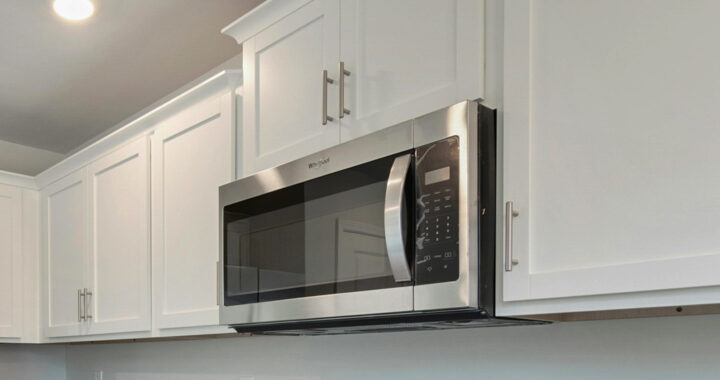Microwave cooking has brought forth a high degree of convenience that can never be replicated by other types of cooking processes. But a microwave oven is not an all-in-one kitchen appliance. There are several food preparation requirements that are better suited to a conventional cooking process, using a particular appliance and cookware.
The Pros of Microwave Cooking
1. Ideal for Reheating
Reheating previously cooked food is one of the most popular uses of microwave ovens. This is ideal for preparing and consuming leftovers stored in the fridge and ready-to-eat food items bought from convenience stores. Microwaves have unique properties that make them a more suitable and effective alternative to food reheating. Proper reheating methods can also repress the growth of disease-causing microorganisms and prevent food-borne illnesses.
2.Defrosting Food
Thawing frozen meat is part of the cooking process. Conventional thawing methods that do not involve application heat often take too much time. Defrosting meat at room temperature or warm water can also lead to the growth of disease-causing microorganisms when left unchecked for a certain period. Take note that organisms thrive between 5°C to 60°C. A microwave oven can quickly and safely thaw frozen meat given the appropriate setting.
3. Rapid Cooking
Another advantage of microwave cooking is rapid heating. Microwaves do this by vibrating the water molecules inside food. This allows for precise and quick hearing. Some food items can easily burn or turn lumpy when heated in conventional pans. Examples are butter and margarine, other fats, chocolate, and porridge. Blanching vegetables through microwave cooking is also a better and safer alternative to blanching using heated or boiling water.
4. Minimal Nutrient Loss
Cooking or reheating food using a microwave oven does not lead to a significant loss of nutrients unlike in other cooking processes. Remember that exposing food under high temperatures alters its nutritional profile. This becomes more pronounced when food is heated for an extended period. Microwaves excel at rapid heating. Microwave cooking minimizes the amount of time food is exposed to heat. This translates to less nutrient breakdown.
5. Recipe Variety
There is more to microwave ovens than reheating food. A notable advantage of microwave cooking is its versatility, especially in considering the different foods that can be cooked and prepared using a microwave oven. These include brownies, mug cakes, and even other flourless pastries. Microwaves excel at blanching vegetables. They are also great for one-dish meals like baked pasta dishes, casseroles, and even some stir-fries.
The Cons of Microwave Cooking
1. No Mallard Reactions
Browning or caramelizing food is not possible via microwave cooking. To be specific, Unlike a conventional convection oven or an air fryer oven, a microwave oven does not attain the required 140°C to 150°C to induce Mallard reactions. The Mallard effect is specifically a chemical reaction that gives browned foods their distinctive flavor and added profile. In other words, limitation in recipes is one of the notable cons of microwave cooking.
2. Uneven Heat Distribution
Another disadvantage of microwave cooking is the susceptibility to uneven heating. This is common when reheating food from the fridge or thawing frozen food items. The physical properties of food and its components, such as the size and shape, and their different thermal profiles or the rate they absorb heat affect how they absorb microwave energy. This leads to undistributed heating and ineffective repression of microorganism growth.
3. Super-Heated Water
Most of the reported accidents involving the use of microwave ovens involve burns and injuries due to improper food handling. The most common cause of accidents related to microwave cooking is exploding water. Take note that water that is heated beyond the boiling temperature without signs of boiling is called super-heated water. A slight disturbance could cause this water to suddenly burst or explode as it releases the built-up heat.
4. Safety Hazards
Susceptibility to food-borne diseases due to improper reheating methods and thermal injuries due to improper food handling are the common risks associated with microwave cooking. In addition, a damaged microwave oven can lead to exposure to microwave energy and chemicals used in its magnetron. Using non-microwavable containers such as low-grade plastics runs the risk of contaminating the food with undesirable chemicals.
5. Consumes Large Energy
Another problem with microwave cooking is energy inefficiency. A typical microwave oven consumes 1100W of electricity to produce a microwave power equivalent to 700W. This means that microwave ovens have a general energy efficiency of only 64 percent. Prolonged microwave cooking essentially consumes high amounts of electricity. It is in this regard that other cooking processes that use gas or induction technology are more economical.
